White Dove Symbolism: Peace and Purity
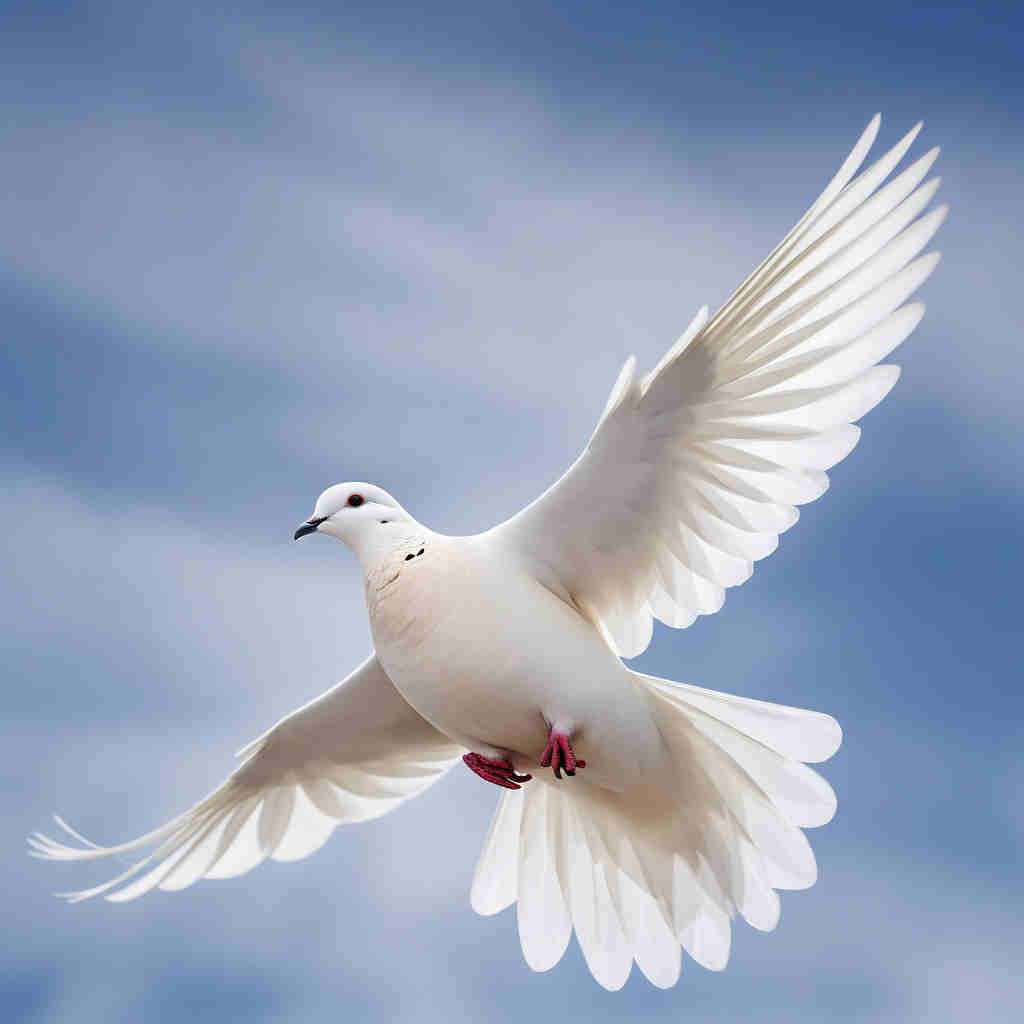
White doves have long been associated with various symbolic meanings across different cultures and religions. These elegant birds are often seen as a representation of peace, purity, innocence, hope, and joy. The symbolism of white doves can be traced back to ancient times, and their significance continues to endure in modern society. In this article, we will explore the historical, spiritual, and cultural significance of white doves, as well as their role in literature, art, celebrations, and ceremonies.

Key Takeaways
- White doves have been used as symbols of peace, purity, innocence, hope, and joy across various cultures and traditions.
- They have played important roles in religious ceremonies, literature, and art throughout history.
- White doves are seen as messengers of hope and joy, and are often released during celebrations and ceremonies.
- It is important to preserve white dove populations for their symbolic significance in modern times.
- The enduring significance of white dove symbolism highlights the universal human desire for peace and positivity.
The Historical Significance of White Doves in Various Cultures
White dove symbolism can be found in ancient cultures around the world. In ancient Greece, white doves were associated with the goddess Aphrodite, who was often depicted with doves by her side. These doves represented love, beauty, and fertility. In ancient Rome, white doves were considered sacred to the goddess Venus and were released during her festivals as a symbol of love and devotion.
In modern cultures, white doves continue to hold symbolic significance. In Western societies, they are often associated with peace and are released during peace rallies and events. In Asian cultures, white doves are seen as a symbol of good luck and prosperity. They are often released during weddings or other auspicious occasions.
White Doves as a Symbol of Peace: A Reflection on Their Importance
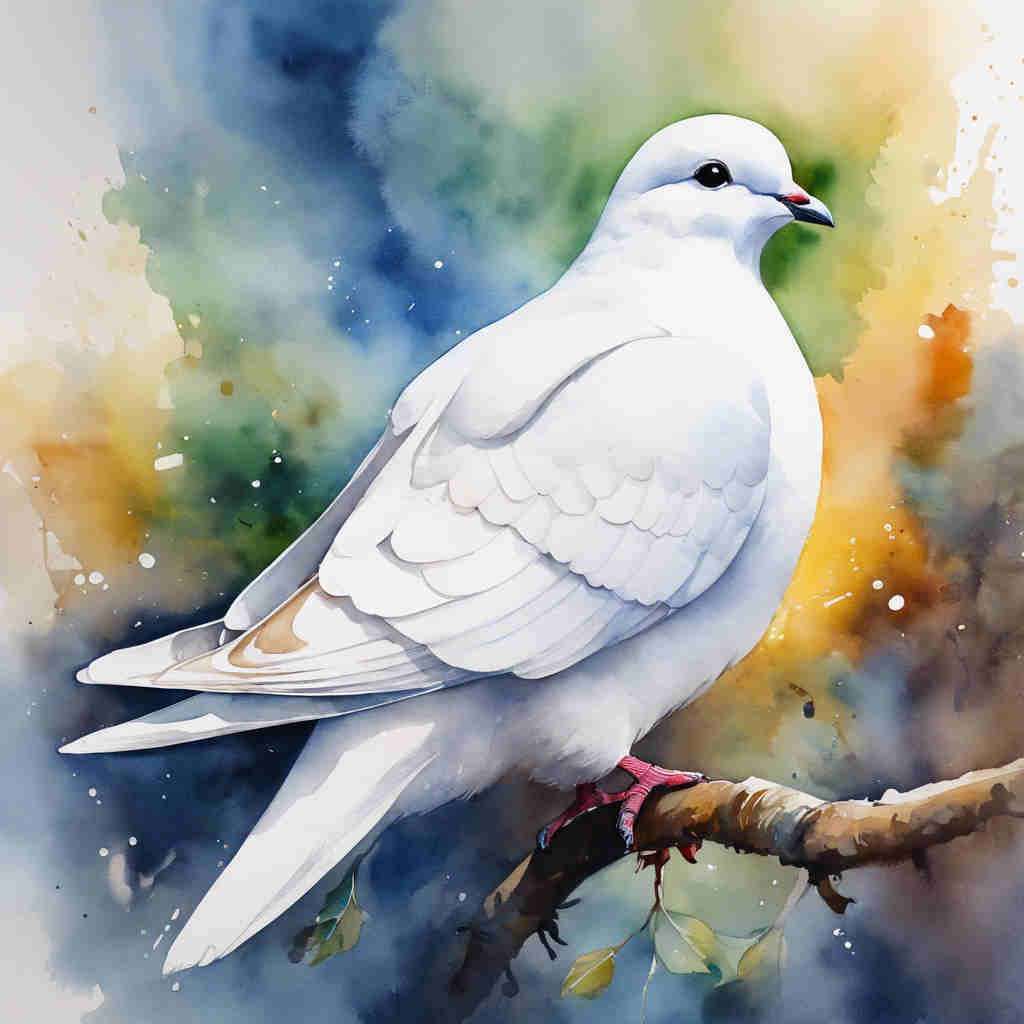
One of the most well-known symbolic meanings of white doves is peace. This association can be traced back to biblical times when a dove carrying an olive branch returned to Noah’s Ark after the Great Flood, signalling the end of God’s wrath and the beginning of a new era of peace. Since then, white doves have become synonymous with peace and have been used as a powerful symbol in various contexts.
Throughout history, white doves have been released during peace negotiations and treaties as a gesture of goodwill and hope for a peaceful resolution. They have also been used in peace rallies and demonstrations to advocate for non-violence and harmony. The image of a white dove with an olive branch in its beak has become an iconic representation of peace and is widely recognized around the world.
The Spiritual Significance of White Doves in Religious Traditions
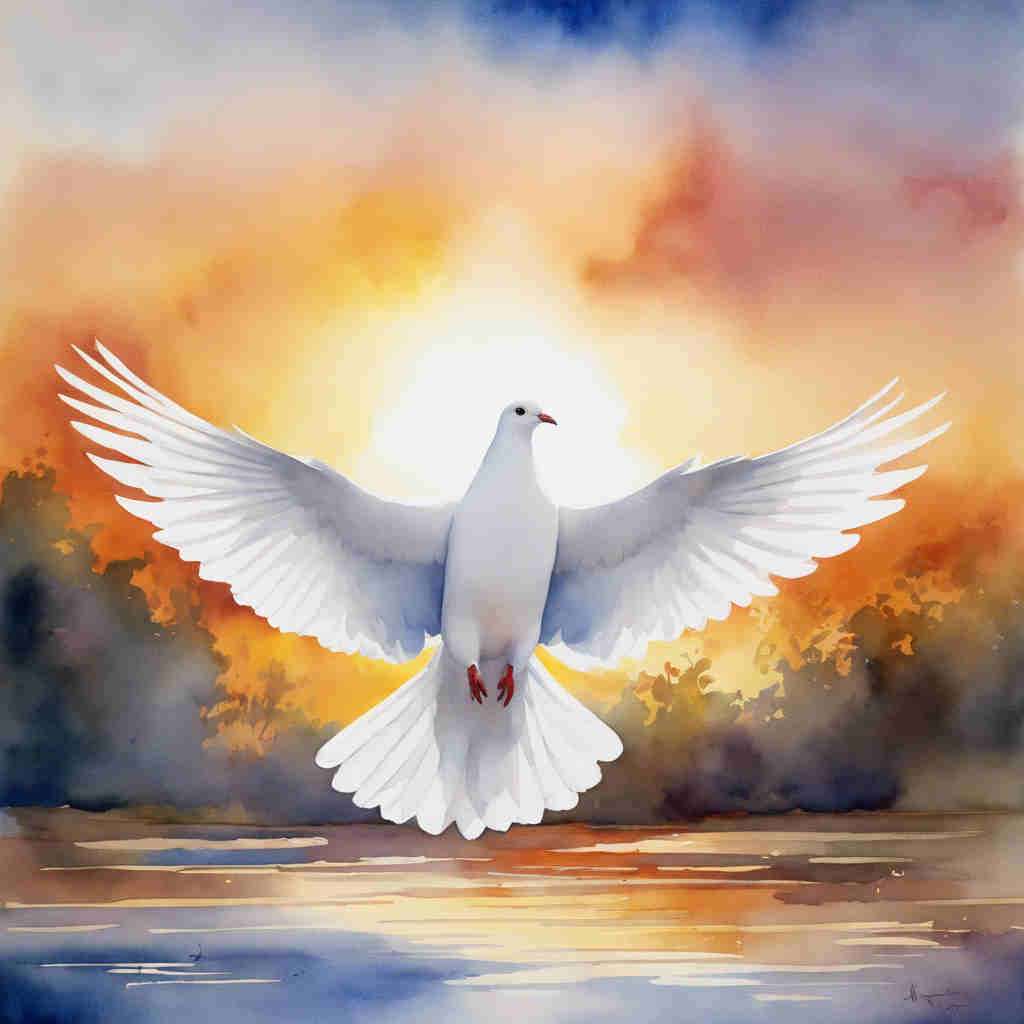
| Religion | Symbolism of White Doves | References |
|---|---|---|
| Christianity | Symbol of the Holy Spirit, peace, purity, and innocence. In the Bible, a white dove descended upon Jesus during his baptism. | Matthew 3:16, John 1:32 |
| Judaism | Symbol of peace and hope. In the Old Testament, a dove brought an olive branch to Noah, indicating the end of the flood and the beginning of a new era. | Genesis 8:11 |
| Islam | Symbol of purity, peace, and love. In Islamic tradition, a white dove is believed to have saved the Prophet Muhammad from his enemies by nesting in a cave where he was hiding. | Hadith of Bukhari |
| Hinduism | Symbol of love, devotion, and purity. In Hindu mythology, a white dove is associated with the God of love, Kamadeva, and his consort, Rati. | Various Hindu texts and scriptures |
White doves hold great spiritual significance in many religious traditions. In Christianity, the white dove is often associated with the Holy Spirit. In the New Testament, during the baptism of Jesus, the Holy Spirit descended upon him in the form of a dove. This event symbolized the divine presence and marked the beginning of Jesus’ ministry.
In Hinduism, white doves are considered sacred and are associated with various deities. They are believed to bring blessings and good fortune. In Buddhism, white doves symbolize purity and are often depicted alongside the Buddha. In Islam, white doves are seen as a symbol of peace and are mentioned in the Quran.
The Symbolism of White Doves in Literature and Art
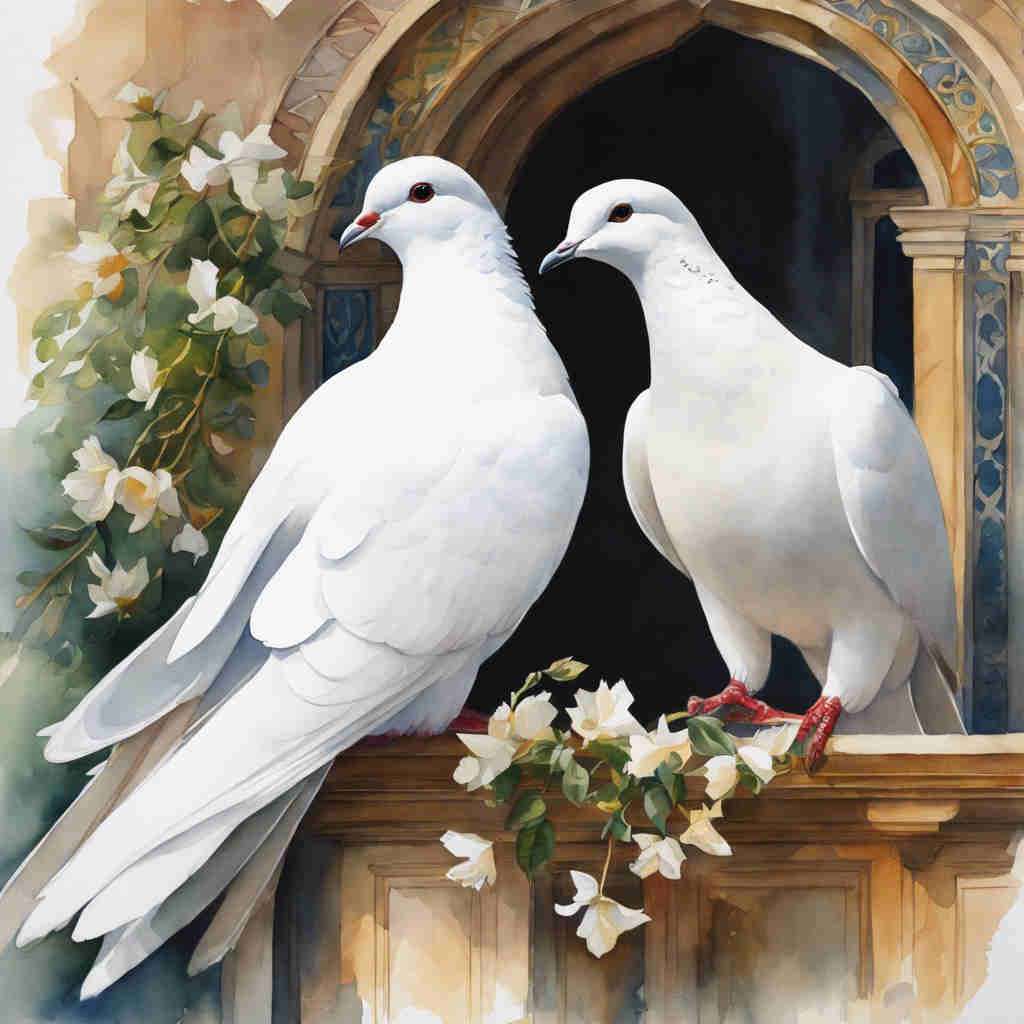
White doves have been a source of inspiration for artists and writers throughout history. In literature, they often represent purity, innocence, and freedom. For example, in William Shakespeare’s play “Romeo and Juliet,” white doves are mentioned as a symbol of love and peace.
In art, white doves are often depicted as messengers or symbols of hope. They can be seen in paintings, sculptures, and other forms of visual art. One famous example is Pablo Picasso’s painting “Dove of Peace,” which has become an iconic representation of peace.
The Purity and Innocence Associated with White Doves
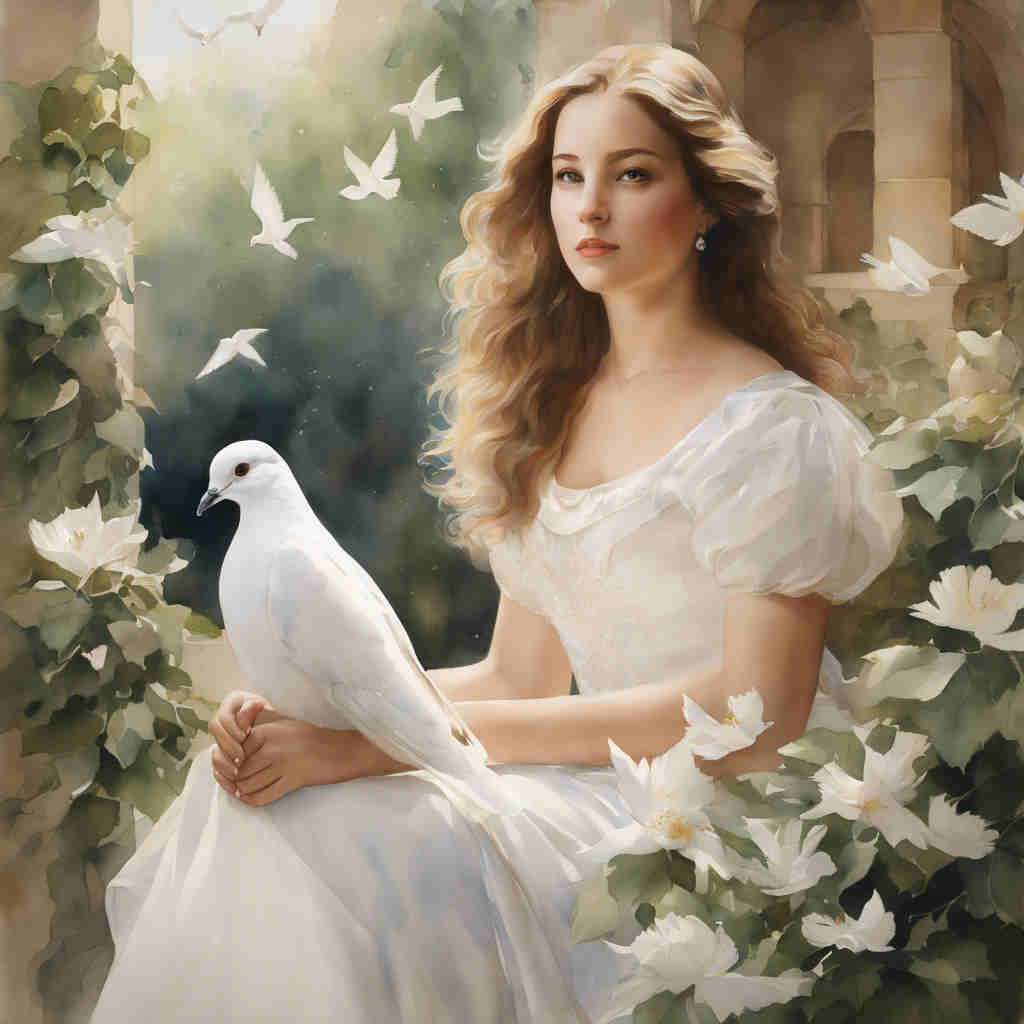
White doves are often associated with purity and innocence due to their pristine white feathers. Their gentle nature and graceful flight further enhance this symbolism. In many cultures, white doves are released during weddings as a symbol of the couple’s pure and innocent love.
In literature and art, white doves are often used to represent purity and innocence. They can be seen as a contrast to the darkness and corruption of the world, offering a sense of hope and purity.
White Doves as Messengers of Hope and Joy
White doves are also seen as messengers of hope and joy. Their presence can bring a sense of peace and happiness. In many cultures, the release of white doves is believed to bring good luck and positive energy.
In literature and art, white doves are often depicted as messengers of hope and joy. They can symbolize the triumph of good over evil or the arrival of a new beginning. Their graceful flight and gentle cooing evoke a sense of serenity and joy.
The Role of White Doves in Celebrations and Ceremonies
White doves play an important role in various celebrations and ceremonies around the world. They are often released during weddings, symbolizing the couple’s love, purity, and unity. The release of white doves at funerals represents the soul’s journey to heaven and offers comfort to grieving loved ones.
White doves are also released during religious ceremonies, such as baptisms, confirmations, and religious festivals. Their presence adds a spiritual element to these events and symbolizes blessings and divine intervention.
The Importance of Preserving White Dove Populations for Symbolic Purposes
As white doves continue to hold symbolic significance in various cultures, it is important to preserve their populations for future generations. However, the decline in white dove populations due to habitat loss, pollution, and hunting poses a threat to their symbolic value.
Efforts should be made to protect white dove habitats, promote conservation initiatives, and raise awareness about their importance in cultural and religious contexts. By preserving white dove populations, we can ensure that their symbolic significance continues to endure.
The Enduring Significance of White Dove Symbolism in Modern Times
In conclusion, white doves hold a deep and enduring symbolic significance in various cultures, religions, literature, art, celebrations, and ceremonies. They represent peace, purity, innocence, hope, and joy. Their presence brings a sense of serenity and positivity.
White dove symbolism has stood the test of time and continues to be important in modern society. Whether it is the release of white doves during peace rallies, the depiction of white doves in literature and art, or their role in weddings and religious ceremonies, these elegant birds continue to inspire and uplift us.
As we appreciate the beauty and symbolism of white doves, let us also remember the importance of preserving their populations for future generations. By doing so, we can ensure that their symbolic significance remains intact for years to come.
If you’re interested in exploring more symbolism, you might find the article on the symbolism of the star fascinating. Stars have been used as symbols throughout history, representing guidance, hope, and spirituality. Discover the deeper meanings behind this celestial symbol and how it has influenced various cultures and belief systems. Check out the article on symbolism of the star to delve into this captivating topic.
FAQs
What is the symbolism of a white dove?
A white dove is a symbol of peace, love, purity, and innocence. It is often associated with religious and spiritual beliefs, as well as with the concept of hope.
What religions use the white dove as a symbol?
The white dove is a symbol used in many religions, including Christianity, Judaism, and Islam. In Christianity, the white dove is associated with the Holy Spirit and is often depicted in religious art. In Judaism, the white dove is a symbol of peace and is associated with the story of Noah’s Ark. In Islam, the white dove is a symbol of purity and is associated with the Prophet Muhammad.
What events or occasions is the white dove used as a symbol?
The white dove is often used as a symbol of peace during times of conflict or war. It is also used as a symbol of hope and new beginnings, such as during weddings, baptisms, and other religious ceremonies.
What is the history of the white dove as a symbol?
The white dove has been used as a symbol of peace and purity for thousands of years. In ancient Greece, the white dove was associated with the goddess Aphrodite, who was often depicted with a white dove by her side. In Christianity, the white dove is associated with the Holy Spirit and is often depicted in religious art.
What other animals are associated with peace?
Other animals that are associated with peace include the olive branch, which is often depicted in art and literature as a symbol of peace, and the lamb, which is a symbol of innocence and purity. The lotus flower is also a symbol of peace and enlightenment in many Eastern religions.





